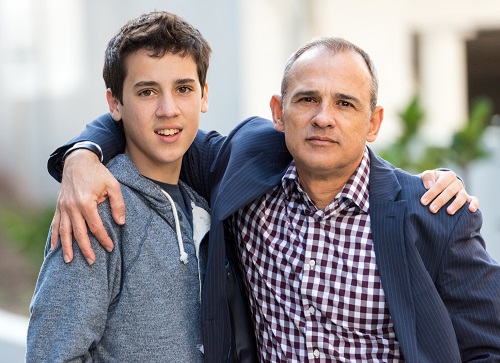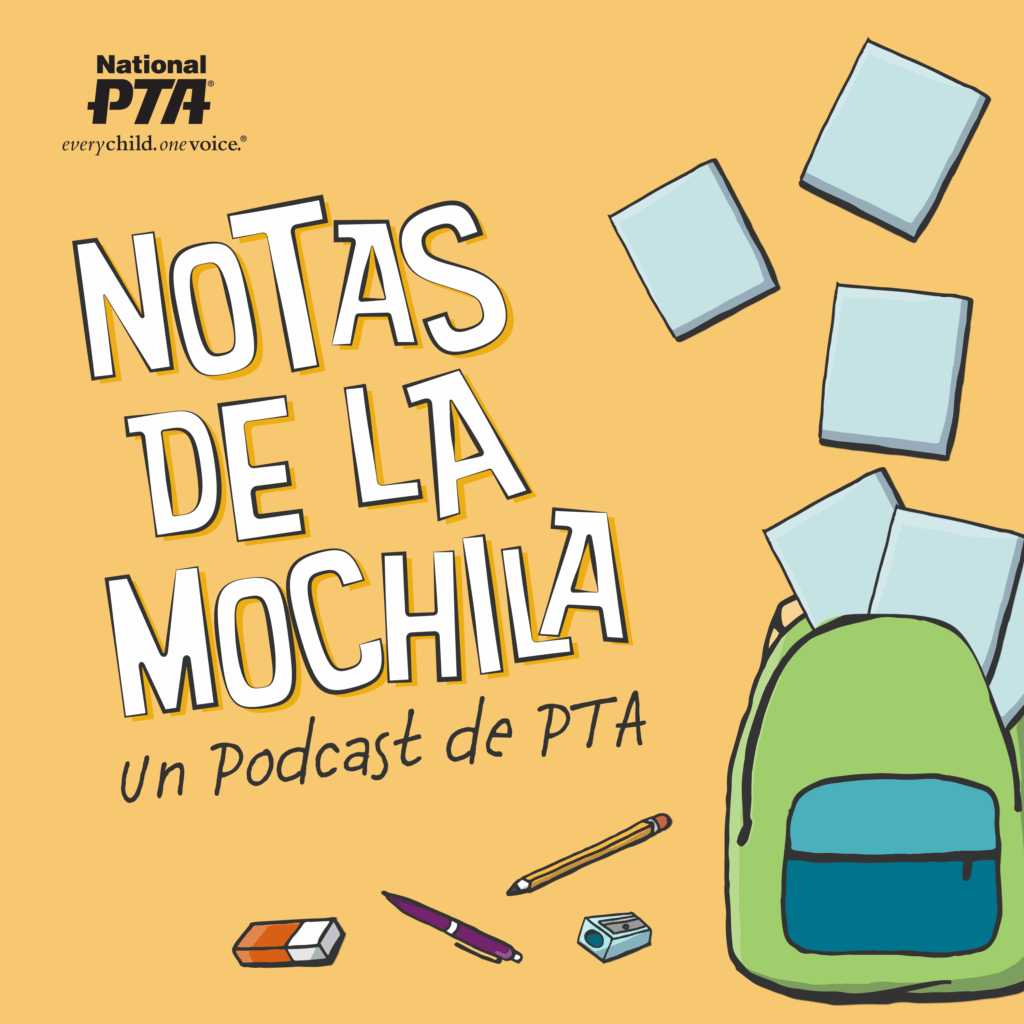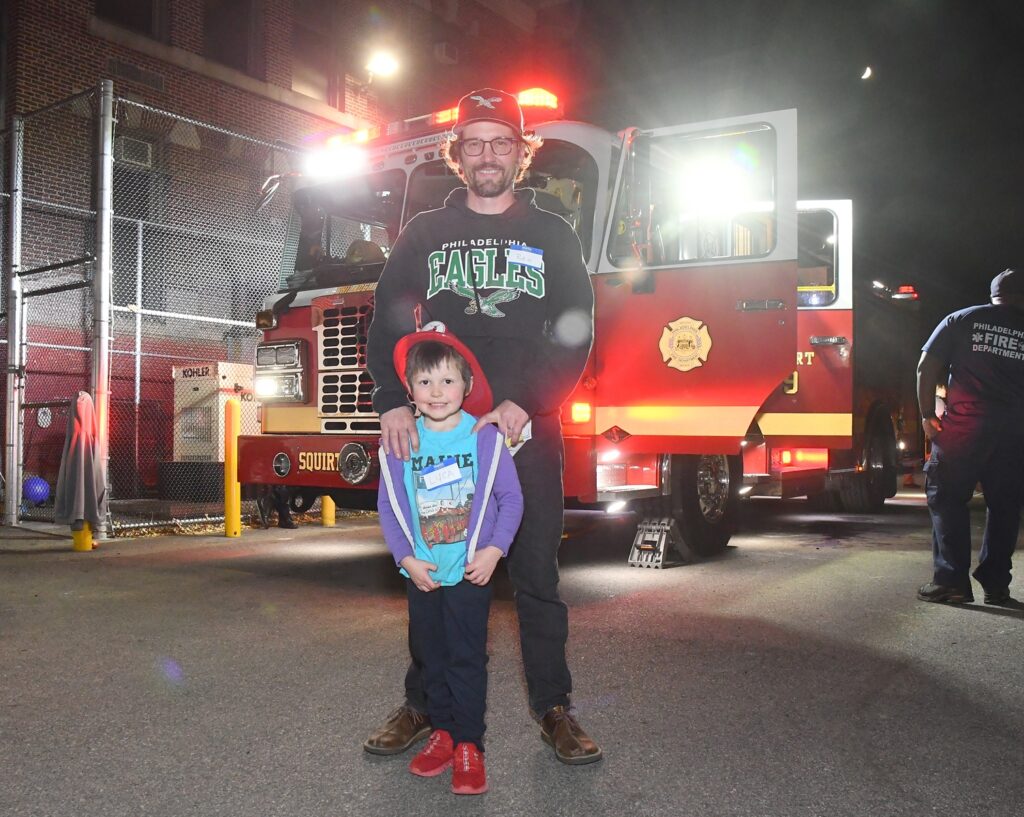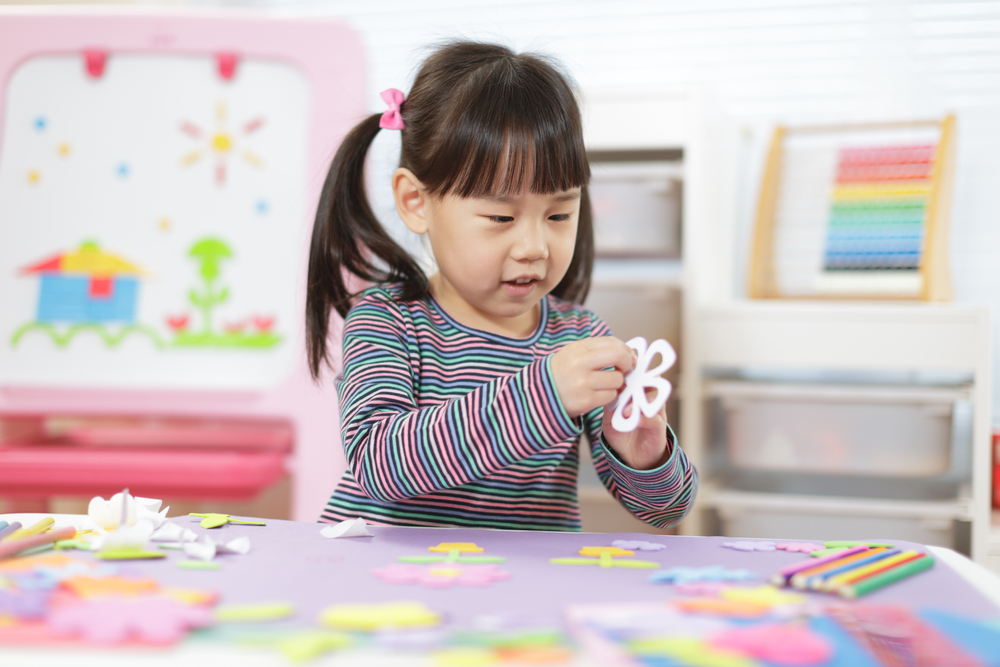When you live in a rural community, you really get to know your neighbors. With fewer people around, your neighbors’ kids become your own in a way. I should know, I’ve lived in a rural Alaskan island community for 20 years.
I moved to Kodiak, Ala., in 1995 when my husband was stationed here with the U.S. Coast Guard. We raised our two sons who attended public schools from kindergarten through high school. I got to know a lot of the families in our community when I worked for the Kodiak Island Borough School District as a Title 1-C migrant education recruiter and East Elementary parent facilitator. In 2004, I became involved with East Elementary PTA in Kodiak as a board member and helped start a community-wide PTSA in the 2013-2014 school year.
Over those years I watched many children grow up into successful and productive adults. We learned through our experiences that family support is a critical component for most kids to improve their choices and outcomes. And it’s the proverbial village that helps kids grow, reach their full potential and succeed in life.
Unfortunately, I have also seen some of our children get stuck on an unhealthy track of substance use or abuse, criminal behavior and making poor choices that land them in trouble with law enforcement as youth and as adults.
So, where did we as a community go wrong with these kids?
It’s a loaded question with no easy answers, but I believe we need to find ways to do better by these children at the local, state and national level if we’re to have any hope of pulling them off of the dark paths they get stuck on.
As things stand now, if convicted of a crime, our youth are sent off-island for inpatient treatment and juvenile incarceration. Alaska—despite how most folks imagine it—is not a tiny state shown with Hawaii in the inset at the bottom of a map. In reality, when laid over a map of the “Lower 48,” Alaska—with all of its islands—stretches from California to Florida. This means there are huge distances for families to travel so they can get to a facility where their child may be detained or receiving intervention services. Much of the distance is not accessible by road. Many times, visitation or family counseling are done over the phone, if they are working in some very remote communities.
This separation and isolation from the community is hard on both the youth and their family.
However, there is a chance to change this at the national level. Should the juvenile justice bill be reauthorized in the 115th Congress, my hopes are that we will see improvements and more services for youth offenders will eventually be available to my small Alaskan community.
If we could have more community-based interventions on our small island, it might help keep families together and provide the much-needed support for our troubled youth to turn things around.
There aren’t easy answers to the unique problems a state our size with the small population we have face, but putting more intervention services in our small communities for juvenile offenders is equivalent to providing quick medication for a deadly infection while it is in the early stages—treat the infection promptly and effectively before it spirals out of control. Having more community-based resources available to our youth that are currently off track and making poor choices would go a long way toward getting them to make healthy choices and be productive citizens.
I see the children my own kids went to school with, ones that had sweet little faces in preschool and kindergarten, now in our local newspaper listed in the courts section or even on the front page, getting into trouble in ways I could never have imagined for them back then. I want to see these kids graduate from high school and go to college or get employment that is a contribution to our community. I don’t want to see them graduate to more serious crimes and end up in adult prisons, where some currently reside.
Regrettably, the outlook for these kids is bleak. Many do not have their high school diplomas, now have adult criminal records and their options aren’t looking great except to further go down the road of increasingly serious crimes and a career in and out of corrections facilities.
I don’t know what the future holds for these young adults, but I do know that if they had more community-based interventions available to them as juveniles, their outlook might have looked different than it does now.
National PTA urges Congress to enact a reauthorized juvenile justice law to reduce the number of youth unnecessarily and incentivize family and community-based alternatives to the incarceration of youth. The passage of the juvenile justice bill this congress may help to bring my island community more options and interventions to our youth. Ultimately, it will help my community be that much healthier. If any of this has sounded familiar, I believe it will do the same for your community, too.
Read more about National PTA’s advocacy efforts on this subject and more at PTA.org/Advocacy.
This article is the third in a series leading up to National PTA’s Legislative Conference, March 7-9, 2017. To read the second in the series, visit Living with Columbine: Protecting Our Kids. To learn more about LegCon, visit PTA.org/LegCon.
Ann Kirven is the Vice President of Region 5 (Gulf of Alaska) for Alaska PTA and resides in Kodiak, Alaska. Her oldest son is now in the US Army stationed in Fairbanks and her younger son is working to enter military service as well.


















